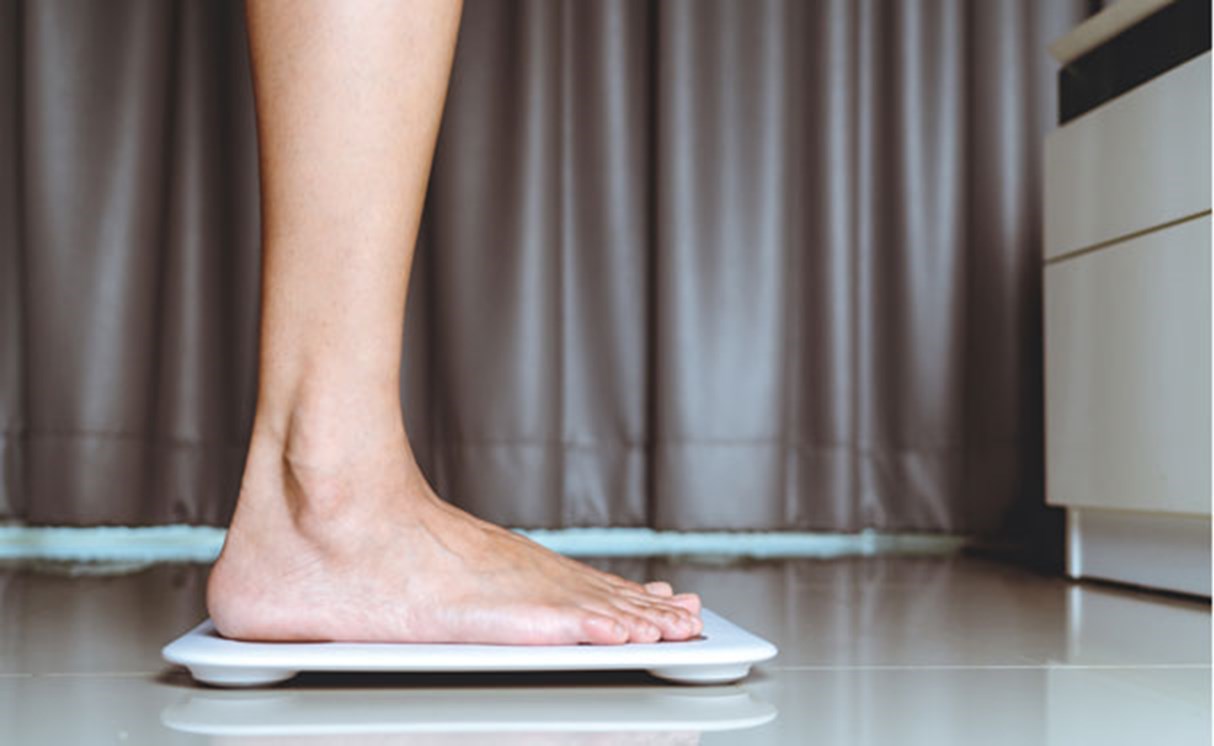
Can vibration therapy help those living with osteoporosis?
Expertise | Media releases
12 Nov 2020
There has been recent coverage in the press about vibration therapy and its benefits for people living with osteoporosis, so we thought it would be worthwhile sharing some introductory information about the technology.
What is vibration therapy?
Vibration therapy is when a mechanical vibration is delivered to the body whilst you are standing on an oscillating (vibrating) platform. As the machine vibrates, it transmits energy to your body, which causes your muscles to contract and relax dozens of times each second with the aim of increasing circulation, muscle strength and flexibility.
Recently there has been increasing amounts of research looking into the benefits of vibration therapy and it is becoming much more common in gyms, physiotherapy departments and even at home. This is different from vibration slimming machines.
Why was the technology developed?
Vibration therapy was initially developed by scientists involved in space travel. Studies revealed that astronauts who spent months in space stations lost 1 to 2% of bone each month. It found that they can regain such bone loss by standing on a lightly vibrating plate for 10 to 20 minutes each day.
This discovery has led others to wonder whether vibration therapy could help to prevent bone loss for those who have a diagnosis of osteoporosis or those who are unable to do physical exercise or other health reasons.

What types of vibration therapy are there?
There are two main types of vibration therapy available in the UK - Whole Body Vibration (WBV) and Low-Intensity Vibration (LIV).
WBV is where the vibration is transmitted through the use of a large vibrating platform and it usually has a handrail to hold for safety. These machines are more commonly seen in gyms and fitness studios.
LIV devices generally look like a set of large bathroom scales and emit tiny up and down vibrations, 30 times every second, which travel through feet, up the legs and into the hip and lower spine. The LIV signal replicates that made by muscles in the legs and lower back which are necessary for us to be able to stand up straight and have mobility.
Unlike the WBV, LIV devices have been specifically designed to ensure they avoid any medical complications or side effects owing to their lower intensity.
I am fit and very active and don’t have osteoporosis. Will vibration therapy strengthen my bones?
It certainly appears that vibration therapy could be helpful in developing muscle tone and improving posture as part of an exercise regime and this in turn could lead to a positive effect on your bones.
However, it is not really clear because some studies have even seen an increase in bone mineral density for some people but others have not found any benefit.
It is also still unclear whether vibration therapy is better at improving bone strength than other types of exercise.
I have osteoporosis. Will vibration therapy help my bones?
It is still unclear whether vibration therapy improves bone strength but there is increasing evidence that it helps to reduce falls. Recent research has identified that WBV therapy may be beneficial as part of a falls prevention programme if you are at risk of falling. Any reduction in falls will reduce the risk of broken bones.
There is conflicting research, however, into whether WBV therapy increases bone strength. Some studies have identified an increase in bone density, especially in the hips, whereas other studies have shown that there is no benefit.
Currently there is no evidence of a reduction in the overall risk of fractures, even if there has been an increase in bone density, other than by reducing your risk of falling. There is always concern with any type of exercise programme as to whether it will be putting you at an increased risk of breaking bones.
Any vibration may be detrimental to the spinal bones if they are very fragile. Also, care must be taken when getting on and off the machines.
Seek advice from your doctor or healthcare professional
Until there is more conclusive evidence, if you have osteoporosis always ensure you discuss with your doctor or healthcare professional about using a vibration plate.
 Search
Search
 Login
Login


